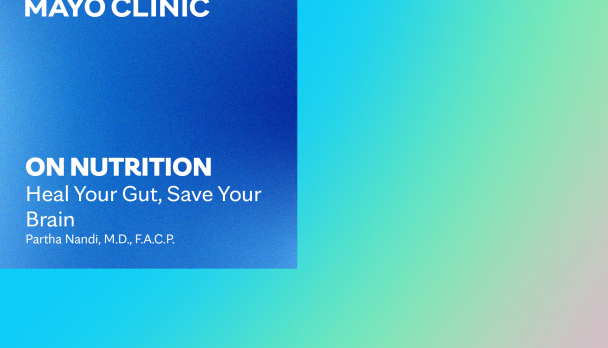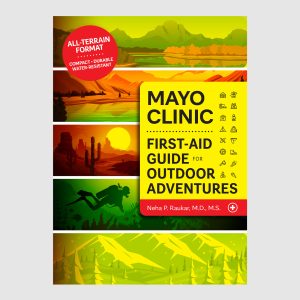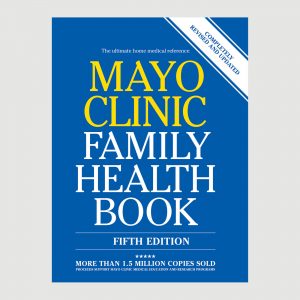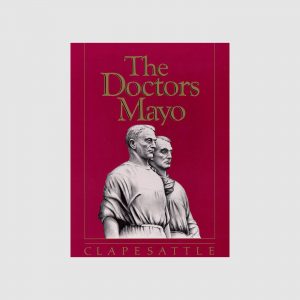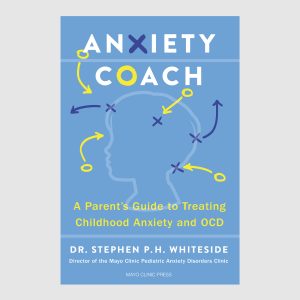
“Choose food first.” It’s a phrase you’ll hear over and over from dietitians, including me. Want more fiber, fish oil, protein or probiotics? Dieticians recommend getting that boost from foods. This may not be appropriate in all cases, of course, but real plants almost always trump the pill-gummy-patch-powder alternative that was made from a plant. What if you can recognize the ingredients, though? What if it’s the nutrients from plants simply rendered into a convenient powder? Do you get to skip the salad if you’re gulping powdered greens?
What are powdered greens?
So long soggy bag of spinach in the produce drawer of my fridge. Powdered greens are one of the newest ways people are attempting to boost the nutrition in their morning smoothie or glass of water. This fine green powder is made from fruits, vegetables, algae, grains or grasses that have been processed into a dietary supplement that can be mixed with any liquid.
Though they appear to contain the good stuff (a long list of vitamins, minerals and herbs), this type of product cannot replace the nutritional punch of actual plants. Take fiber, for example. Most versions of powdered greens contain only 1 to 2 grams of fiber per serving. For reference, the daily recommendation for fiber falls between 25 and 35 grams. Further, powdered greens are typically more expensive per serving than whole vegetables, some costing $3 per serving or more. They also make claims, as all supplements do, that seem appealing, but they aren’t regulated by the U.S. Food and Drug Administration. So the claims aren’t tested and vetted and may or may not hold up.
What are the benefits of powdered greens?
A multitude of research demonstrates that fruits and vegetables are great for your health! Like whole greens, powdered greens can be a good source of vitamins, minerals and antioxidants, such as vitamin A, vitamin C, calcium and potassium. They also can be a convenient way to add a nutrient boost to your diet — consider mixing powdered greens into smoothies or your favorite pancake or muffin recipe. While the research on powdered greens is limited, users may see benefits in gut health, immune support and increased energy.
Are powdered greens a good way to increase vegetable intake?
Consuming whole vegetables is the preferred way to get vegetables in your diet. Your priority should be to include whole vegetables (and fruits) whenever possible. Powdered greens can help support a healthy diet but should not replace vegetables or fruits. But when you don’t have access to real produce, powdered greens make a satisfactory fill-in. They also could be particularly helpful for fussy eaters who dislike greens.
Are there risks related to powdered greens?
While powdered greens are generally safe for most people, contact your healthcare professional first if you take blood-thinning medications. There are potential medication interactions with increased vitamin K intake. If you are pregnant or breastfeeding, talk with your healthcare team before taking powdered greens. Research on the safety of powdered greens during pregnancy and breastfeeding is extremely limited.
In all consumers, there is a risk of nutrient toxicities if using more than the recommended amount. Be sure to read the ingredients to avoid potential interactions with other medications or supplements. Also check ingredients for potential allergens, as powdered greens can contain other fruits, grains and herbal extracts. In terms of side effects, powdered greens should be well tolerated for most. Some people may experience nausea, diarrhea, bloating, constipation and stomach upset, but this typically improves over time.
What should I look for in powdered greens?
Consider looking for a product that has undergone third-party testing. This helps ensure purity and potency — essentially making sure the product contains what it says it contains without any undeclared ingredients or high levels of contaminants. Look for products made from dehydrated whole fruits and vegetables rather than dehydrated juices. Be cautious of products that contain excessive amounts of vitamins or minerals — aim for about 100% of the Daily Value (DV) when possible.
In short, you’re not comparing apples to apples (or insert your favorite veggie) here. Powdered greens are not the equivalent of eating whole fruits or veggies. However, there may be some benefit if the concoction helps you to drink more water, supplements your diet when whole foods are difficult to access, or improves your digestion.
Will dietitians still continue our “food first” lecture? No doubt. Also, whether you’re a friend or a stranger, please tell me if I have anything green in my teeth.
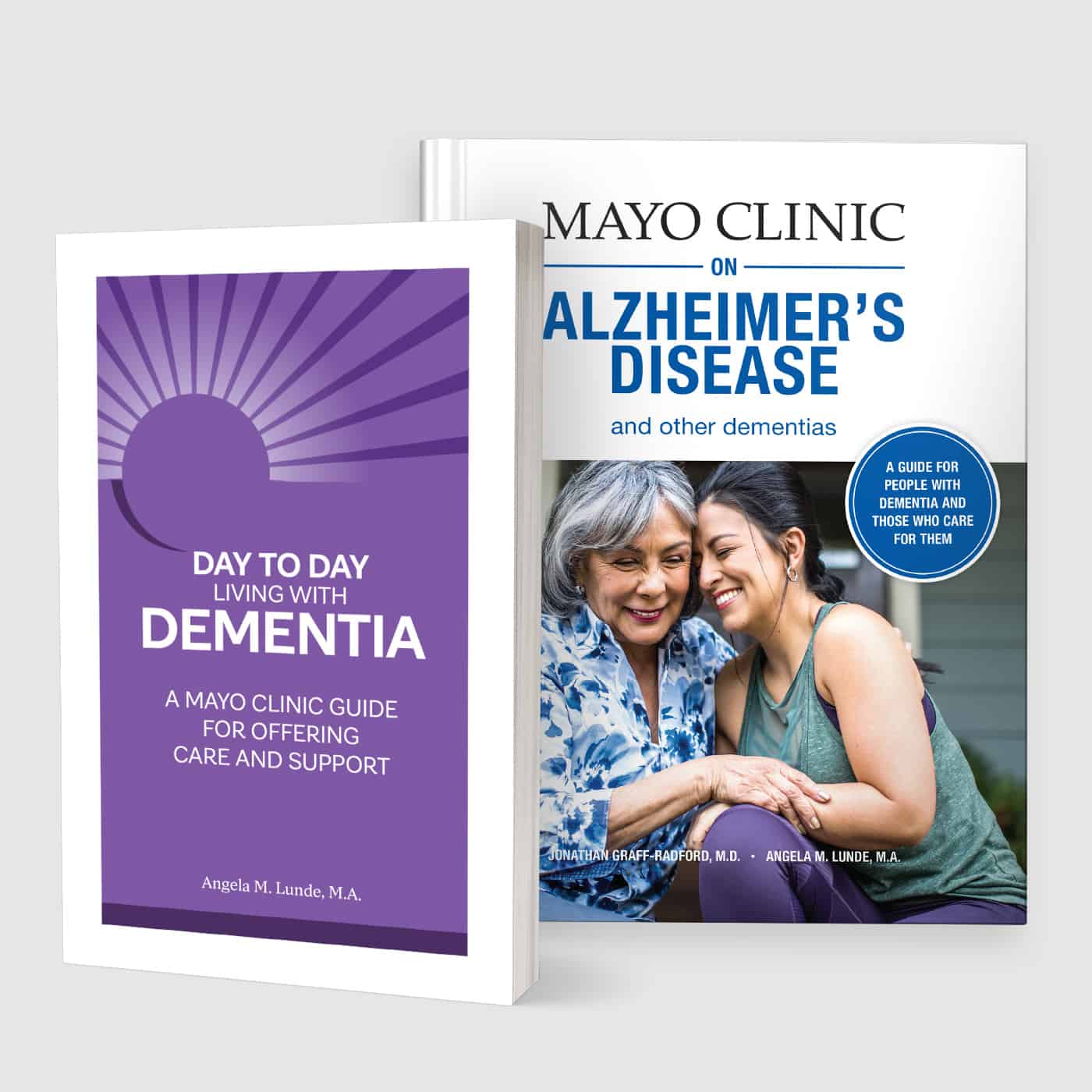
Relevant reading
Dementia and Alzheimer's Disease Bundle
Dementia is a serious health challenge. By some estimates, the number of people living with dementia could triple by 2050. In Mayo Clinic on Alzheimer's Disease and Other Dementias you will learn the earliest signs of abnormal aging, features of each stage of Alzheimer's disease, how dementia is diagnosed and…





